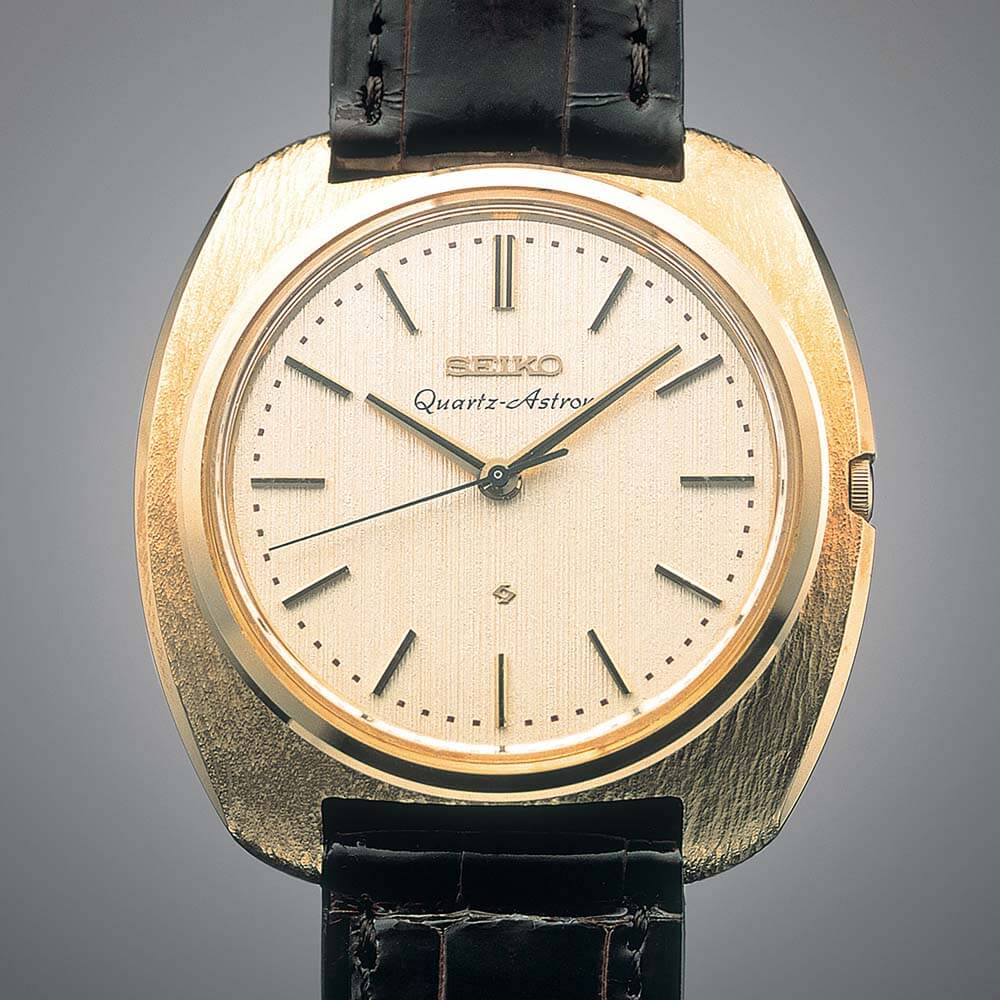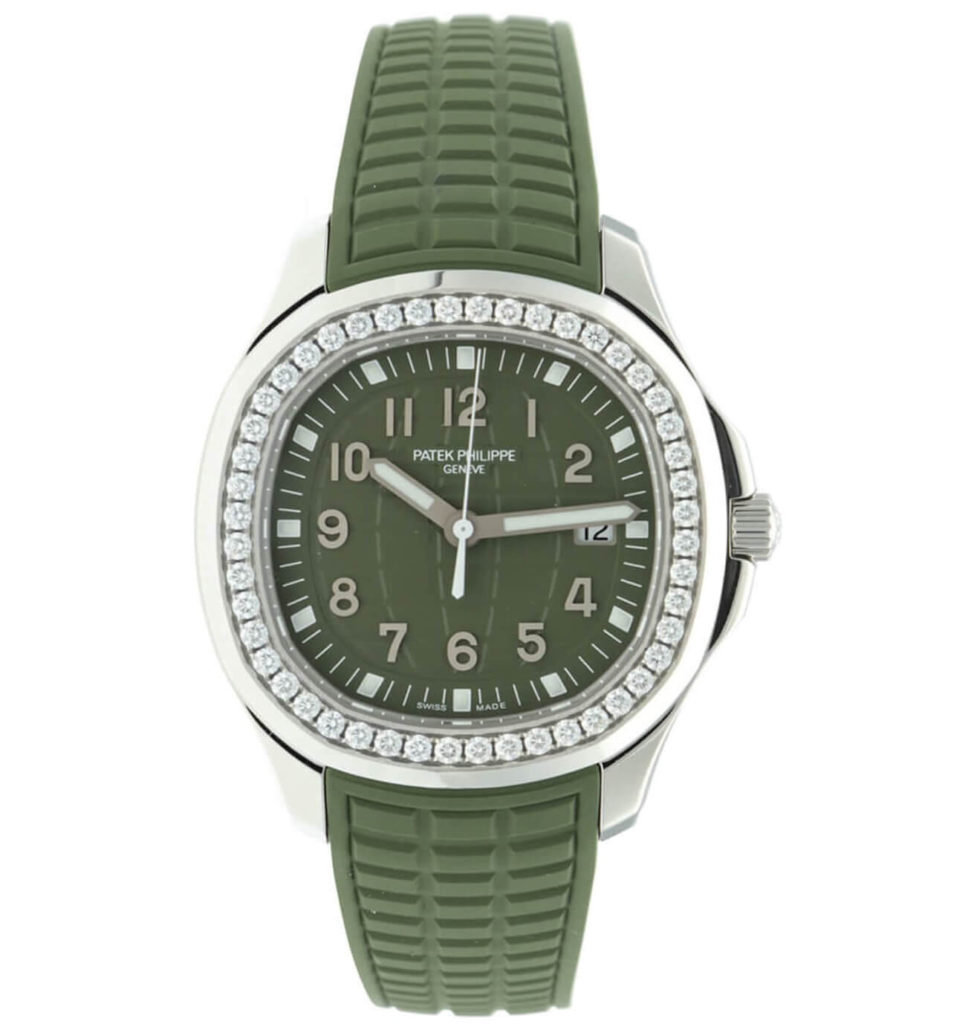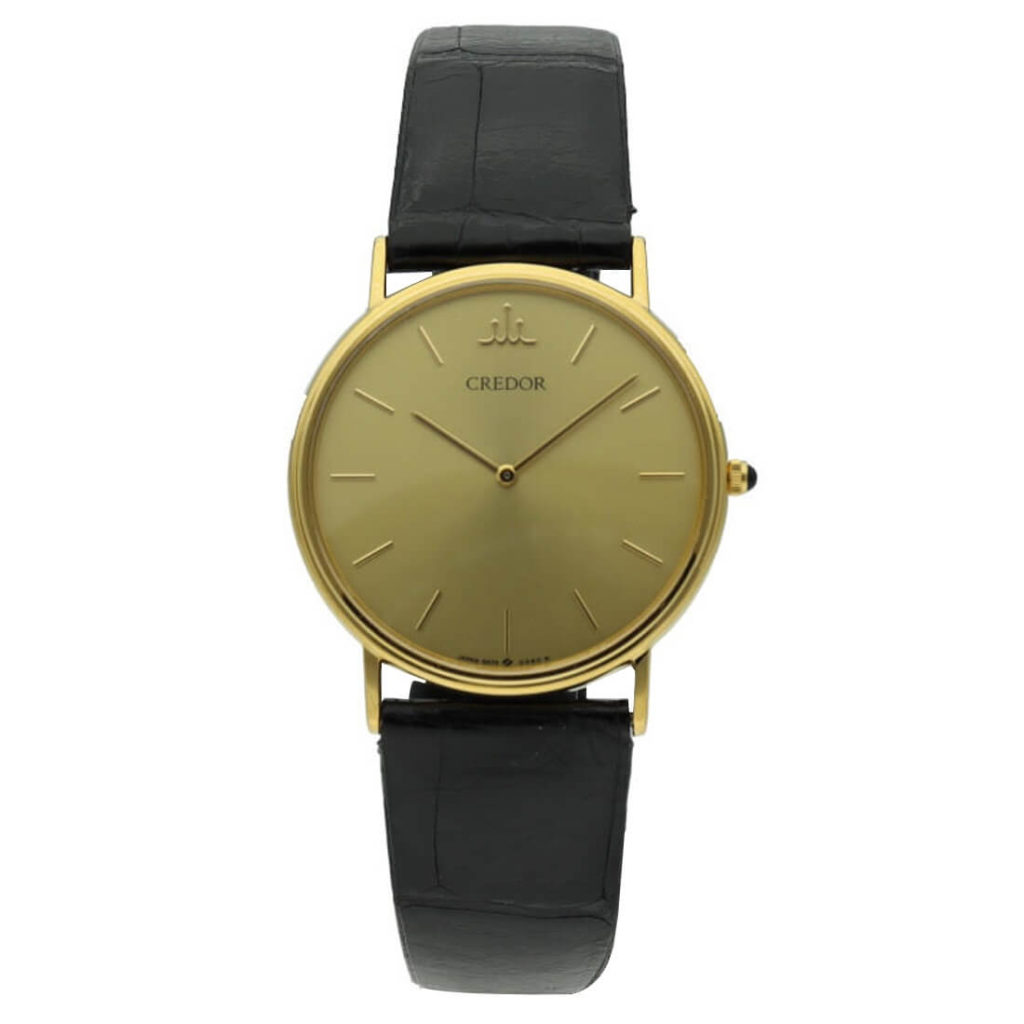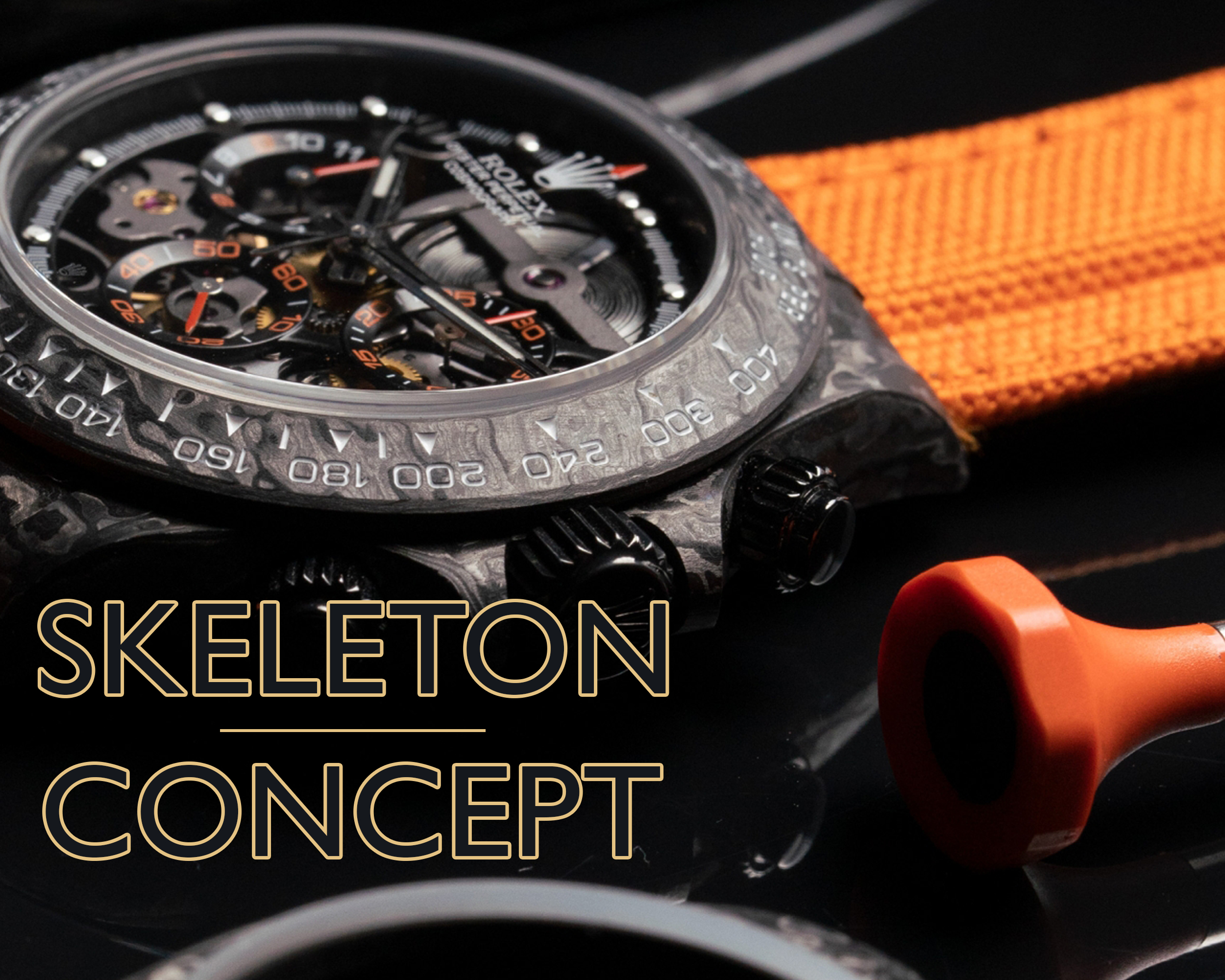Why Quartz: A Brief History into the World’s Most Misunderstood Watch Movement
By: Chris Van Hoven | Posted: June 03, 2022As watch enthusiasts, we’re naturally enamored by the art and engineering of mechanical watch movements and the intricacies that go behind them. And as watch lovers, we’re perfectly fine with the fact that our favorite automatic watches could lose up to thirty seconds a day, which isn’t exactly the most accurate way to keep time. If the main purpose of a watch is to tell time, then shouldn’t the more accurate watch be “better”? Such was the conundrum of the watch industry. A conundrum that nearly wiped out the Swiss watch industry as we know it – all thanks to the Quartz watch.
The history of quartz watches dates back to the 70s, at a time when Swiss manufacturers dominated the industry with intricate automatic and manual watch movements. Since these movements required highly skilled watchmakers to put together, these watches came at a rather steep price. The introduction of quartz watches by Seiko simplified the manufacturing of watches by replacing these complex movements with relatively simpler quartz movements, causing what we now know as the “Quartz Crisis”. These quartz watches weren’t only cheaper to produce – and therefore more affordable – but they were more accurate as well, with a variance of about plus or minus 15 seconds a month, as opposed to plus or minus 25 seconds a day for mechanical movements. What’s more, these quartz watches could be manufactured with digital screens as well. As a result, the popularity of the quartz watch rose exponentially, while less and less people were drawn to traditional watches with mechanical movements, seeing them as obsolete. A relic of a bygone era.
Quartz is a mineral often found in rocks and stones, and they possess a unique characteristic of naturally vibrating at 32,768 times per second. When connected to a small electric battery powered motor, quartz sends an electric signal on every 32,768th vibration, which makes the seconds hand tick forward every second.
 (© Seiko Museum Ginza)
(© Seiko Museum Ginza)
Seiko Quartz Astron
Seiko introduced the first quartz watch to the market on 25 December 1969 as the Quartz Astron. With a luxurious 18-karat solid gold case hand carved by skilled craftsmen, it didn’t come cheap. It was priced at JPY450,000 (JPY 1.6 million adjusted for inflation), or around the price of a small car back in the day. This model paved the way for a surge of quartz watches well into the 70s and 80s, inspiring tens of thousands of models that we still see to this day. And while a Japanese watch company dominated much of the quartz market in this era with succeeding models that were simple and affordable, it was the Swiss who saved the industry, creating their own popular lines of quartz watches. The two biggest Swiss watch groups, ASUAG (Allgemeine Schweizerische Uhrenindustrie AG) and SSIH (Société Suisse pour l’Industrie Horlogère), merged to form ASUAG/SSIH which later became SMH (Société de Microélectronique et d’Horlogerie) – the organization that would eventually become known as The Swatch Group. The rest, as they say, is history.
Since then, quartz watches have evolved to become more than the affordable, battery-powered timepieces they used to be. Luxury brands such as Cartier, Patek Philippe, Rolex, and even independent manufacturers such F.P. Journe have embraced quartz movements for their accuracy and their ability to be used in watches featuring unique shapes and sizes that would otherwise be impossible with mechanical movements. Here are some of our favorite examples.
 (© Vintage Grail)
(© Vintage Grail)
F.P. Journe Élégante Titalyt “Two Rows of Diamonds”
Those familiar with renowned watchmaker François-Paul Journe might be surprised to know that high-end watch Manufacture d’horlogerie F.P. Journe has several timepieces that use quartz movements, and the Élégante Titalyt is one of them. But true to F.P. Journe’s incredible watchmaking heritage, the Élégante is unlike any quartz watch you’ve seen. First, it’s encased in a titanium “Titalyt” 40mm case set with 38 brilliant cut diamonds along both sides. The exclusive Titalyt treatment means that its titanium material has been subjected to electro-plasma oxidation, which increases the material’s hardness as well as its resistance to corrosion. But the real highlight of the Élégante is its quartz movement. Realizing that one of the biggest disadvantages of a quartz movement is its battery life, which typically lasts only 2-3 years, Journe spent about eight years working on a timepiece that would solve these problems. He solicited microelectronic engineers to help him create his new innovative quartz movement – the caliber 1210, which has an astounding battery life of 8 to 10 years, even when worn every day. F.P. Journe achieved this by utilizing a mechanical motion sensor found at 4 o’clock which detects whether the watch is in motion or not. After 35 minutes of inactivity, the watch shuts down the hands while the microprocessor continues to track the time, reducing the power draw from the battery. When the watch wakes up, the hands move back to the correct time position.
 (© Vintage Grail)
(© Vintage Grail)
Patek Philippe Aquanaut Luce Ref. 5267/200A-011
It may also come as a surprise to some that one of Swiss watchmaking’s “Big Three” is no stranger to using quartz movements in their timepieces. In fact, Patek Philippe was among the very first watchmakers to explore the potential of electronic timekeeping in 1948. The Aquanaut Luce is the perfect example of how Patek Philippe utilizes the quartz movement’s light weight to highlight their women’s line of watches. The bezel of its 38.8mm stainless-steel case is lit up by a row of 48 diamonds totalling 1.11 carats (Luce means “light” in Italian after all), while its caliber E 23‑250 S C quartz movement features sweep seconds, and is only 2.5mm thick, allowing the Aquanaut Luce to have a height of merely 7.9mm.
 (© Vintage Grail)
(© Vintage Grail)
Credor Ref. 5A74-0140
While not as well-known outside of Japan, Credor maintains a reputation of being one of the finest luxury watch manufacturers in the world. Serving as the luxury arm of Japanese watch manufacturer Seiko, Credor was founded in 1974 with its name coming from the French “Créte d’Or”, or “the ultimate of gold”. As the name implies, Credor once manufactured watches exclusively in precious metals, created by dedicated master craftsmen upholding the values of Japanese aesthetics, delicacy and beauty. Today, Credor manufactures stainless steel into their models, but still holds their craft to the highest standards. This vintage example from the 1980s is an excellent memento of Japan’s dominance in the quartz market, with Seiko producing their own crystals which results in some of the finest quartz movements to this day.
Degree of Sophistication
Since the resurgence of mechanical movements and watches, quartz has grown to be one of the most misunderstood movements in the industry. Quartz watches don’t quite have the romance that mechanical watches bring, but their high accuracy and versatility is still something to be admired. And as the degree of sophistication in quartz timekeeping continues to improve, luxury quartz watches will continue to push the envelope of technology, and hopefully find their way to more wrists.
Considering a sophisticated yet luxurious quartz timepiece today? Find out more at the Vintage Grail website. For more information, contact us at [email protected] or contact us at (+63) 917 159 1211






